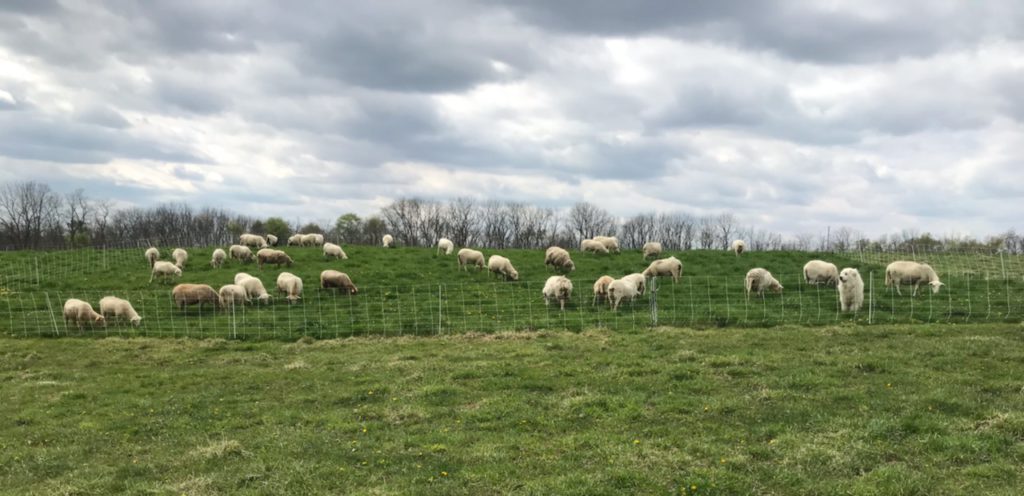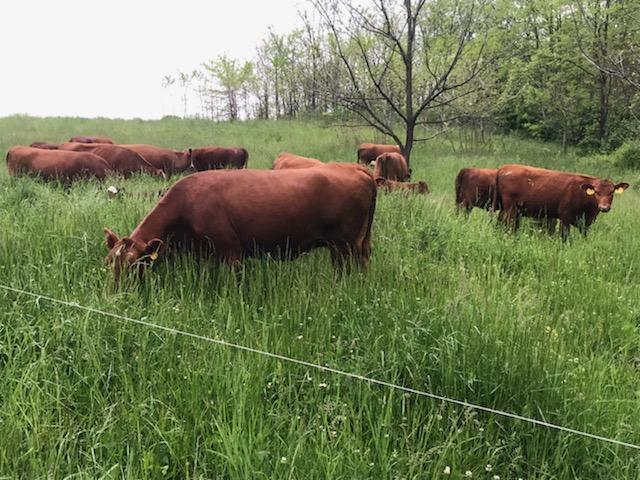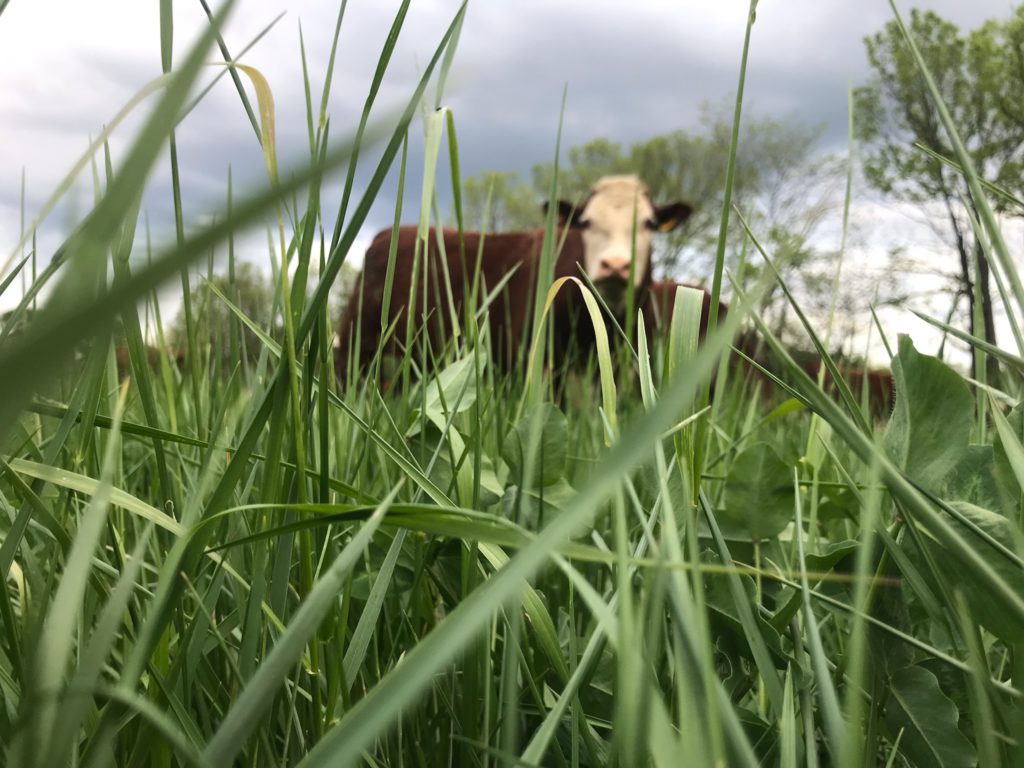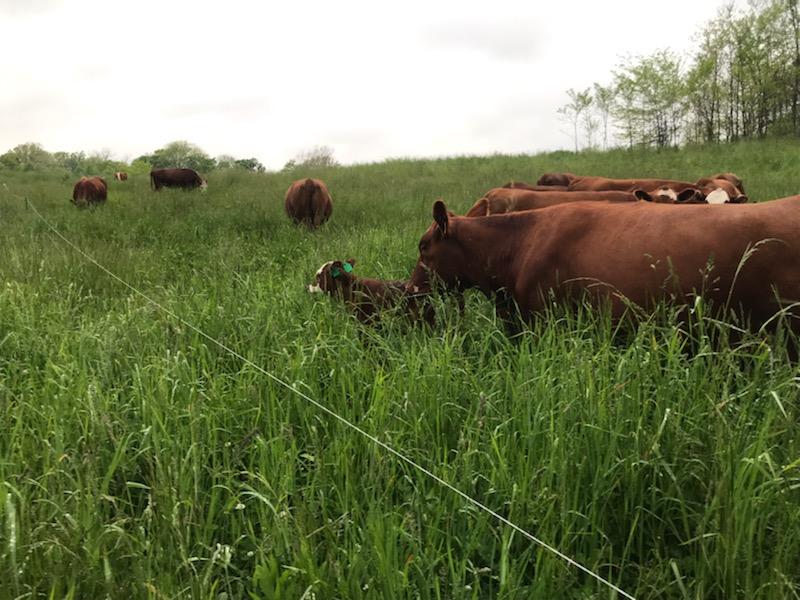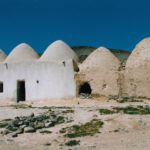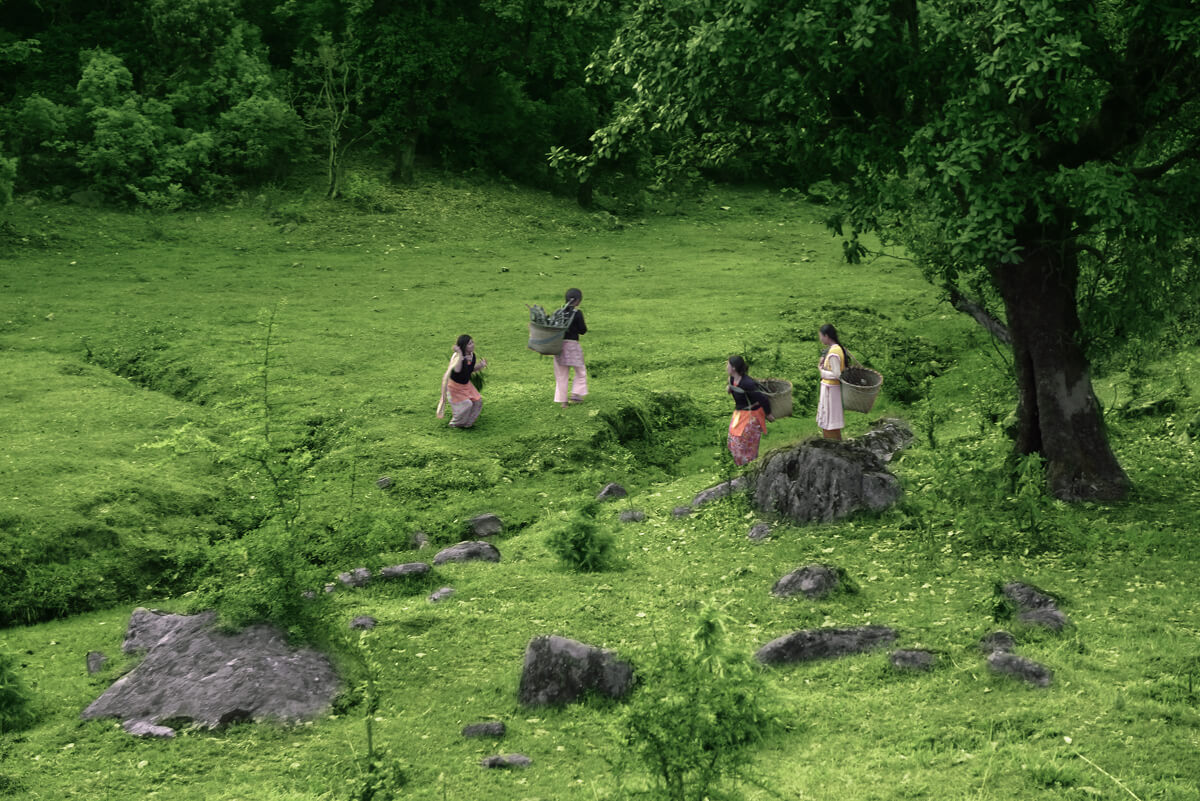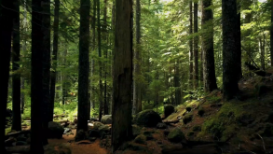A new generation of livestock producers are spreading across the US and Canada. Carbon Cowboys are working with nature to revitalize their land, livestock, and lives.
The natural grasslands in the US were once grazed by large herds of buffalo. These hefty bovines stomped vegetation and activated the seeds within the soil while depositing manure, urine, and saliva, providing organic matter and nutrients for both plants and soils. The buffalo are long gone, hunted to extinction by Buffalo Bill and his ilk for their horns and hides. However their process of natural, cyclical soil restoration that the buffaloes produce has inspired a new generation of cattle farmers: the soil carbon cowboys.
These sustainable cattle farmers fence their livestock into small paddocks, allowing the stock to graze intensely. By moving them quickly through multiple paddocks, they keep the grasses growing by grazing then give the forage time to rest and regrow. The growing plants and expanding root systems take carbon from the air and place it in soil, building soil and capturing carbon.
Peter Byck, filmmaker and professor of practice at Arizona State University, calls this adaptive multi-paddock grazing (AMP). He has directed a series of ten documentaries, filmed across the U.S. and Canada, that highlight the practice of regenerative grazing, which helps ranchers to raise healthy livestock while also providing one solution to climate change.
The first documentary, in a series of ten, “Soil Carbon Cowboys,” profiles three ranchers that changed from traditional ranching using significant amounts of high-cost synthetic products to manage weeds and insects and fertilizers to grow forages to a managed grazing system that improves their land and the health of their animals while decreasing their feed and input costs, helping them become economically sustainable.
The world beneath our feet is incredibly complex, containing more life than above ground. This underground life, the soil microbes, repackages nutrients utilized by plants, builds organic matter, stores unused nutrients, and maintains the porous structure of soil.
To maintain healthy soils rich in organic matter, store large quantities of carbon, hold lots of water to combat both drought and storms, and stay in place without erosion, thriving diverse plants that cover and cool the soil are needed as is the addition of natural nutrients. The grazing action of livestock trims plants and deposits manure before they move on and livestock recycle plants they graze into organic material providing the energy for both plants and soil microbes to produce healthy soils that store more carbon.
In a sense, these carbon farmers and ranchers are focused more on building healthy soils than raising crops and livestock, says Byck. “Using the natural interactions between cattle, plants, and soil, we can revolutionize the agriculture industry,” says Byck. “This can provide more nutritious food and provide a comfortable income for farming and ranching families while offering one significant solution to climate change, storing carbon in the soil.”
Byck’s films are also spreading a message: educating and inspiring agriculture producers to follow the AMP grazing method on their farms as the project supports research into the benefits of AMP grazing and soil carbon sequestration.
The research is providing data that supports what the ranchers are seeing: grazing livestock in the AMP method builds soil health and provides a sustainable process to store large amounts of carbon in the soil, improving the health of the livestock, us, and the planet. For more information – www.carboncowboys.org
Author: Denice Rackley, The India Story Agency for Sacred Groves
Images Credit: Denice Rackley
Did you enjoy this article?
Share with friends to inspire positive action.
